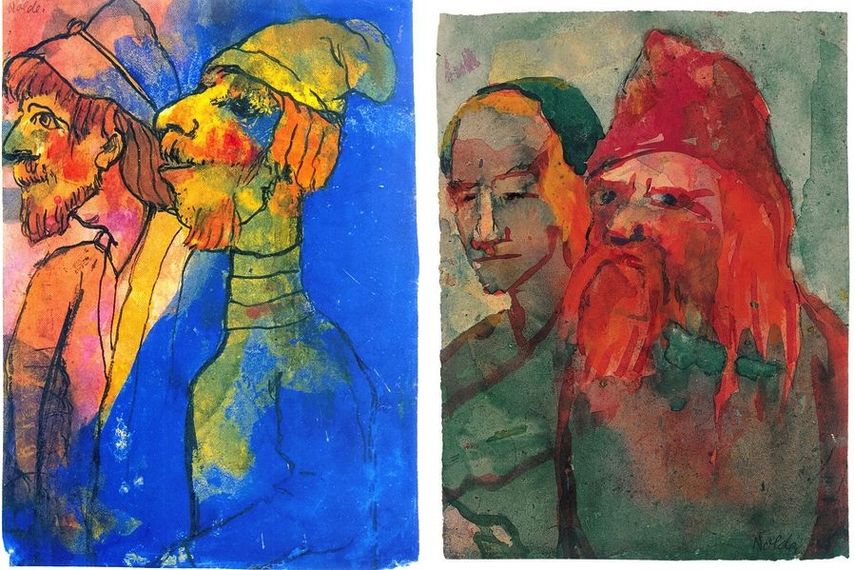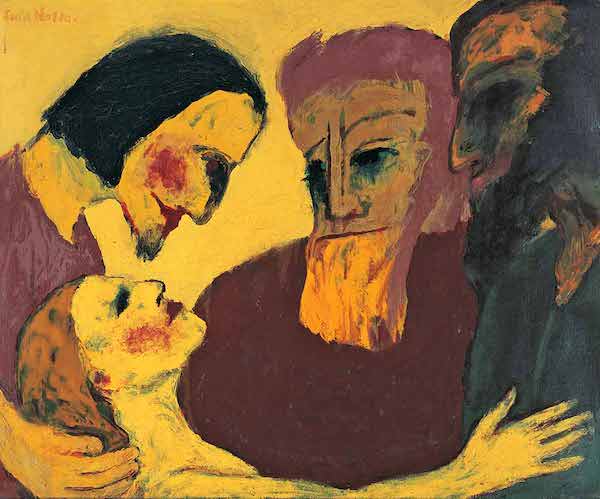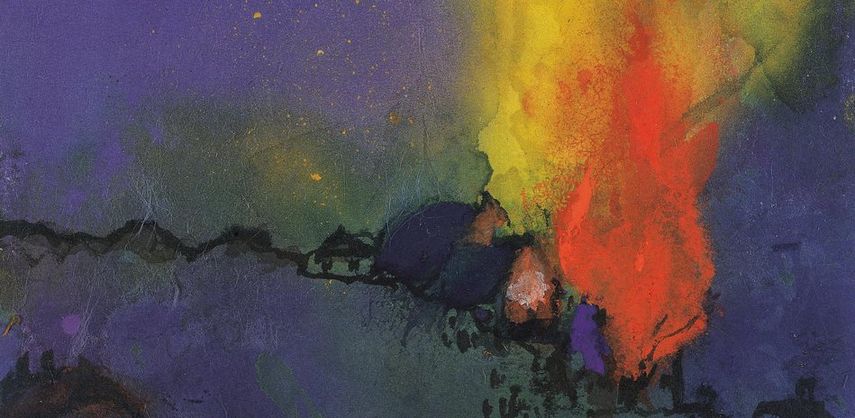[ad_1]
An acclaimed German-Danish painter and printmaker, Emil Nolde was one of the first Expressionists, a member of Die Brücke, and one of the first oil painting and watercolor painters of the early 20th century to explore color. Yet, he was also one of the most famous “degenerate artists”, as labeled by the Nazi regime. No other artist had as many works confiscated, nor were their works as prominently displayed in the early venues of the Degenerate Art exhibition of 1937/38.
However, the upcoming exhibition at the Hamburger Bahnhof explores how Nolde hid behind Hitler’s “degenerate” label. Titled Emil Nolde – A German Legend. The Artist during the Nazi Regime, it aims to deconstruct myths surrounding his legacy after the decades of whitewashing.

Emil Nolde and the Nazis
One of the most popular German Modernists, Emil Nolde was also an ardent anti-Semite and a Nazi Party member who kept his faith with the regime until the end of the war. This special status was underlined by the art critic Adolf Behne in 1947, on the occasion of the artist’s 80th birthday, describing him as a “degenerate ‘degenerate’”.
For the first time, the works on display describe how they relate to Nolde’s political ideology, or how the historical circumstances during National Socialism affected his artistic production. It is based on a multi-year academic research project, revealing how his art was persecuted, although the man himself wasn’t really.

Highlights
The exhibition will bring together 100 originals alongside the references to Nolde’s writings which reveal the full historical context of these works and the legend surrounding the artist himself.
Perhaps the most noteworthy is a reconstruction of the “painting gallery” in Nolde’s studio house in Seebüll, a display of paintings and watercolors just as Nolde himself arranged them during the wartime winter of 1941/42. Another highlight includes the famous Unpainted Pictures – the small-format watercolors he has secretly painted at Seebüll during his occupational ban.
The show will explore the impact of the Third Reich on the artist’s work, the extent to which his works correspond to his political ideology, the effect of the defamation and professional ban on his artistic practice and political outlook, as well as the origins of the post-war myths surrounding his persona.

Emil Nolde Exhibition at Hamburger Bahnhof – Museum für Gegenwart
Emil Nolde – A German Legend. The Artist during the Nazi Regime will be on view at the Neu Galerie in Hamburger Bahnhof – Museum für Gegenwart in Berlin until September 15th, 2019.
The exhibition is organized by the Nationalgalerie, Staatliche Museen zu Berlin, in cooperation with the Nolde Foundation Seebüll, curated by Bernhard Fulda, Christian Ring and Aya Soika, made possible by the Freunde der Nationalgalerie and supported by the Friede Springer Stiftung. It will be accompanied by a richly illustrated volume of essays and pictures (also in an English edition), as well as a separate volume with a timeline and more than 100 documents.
Featured image: Emil Nolde – Paradise Lost, 1921, Oil on rough canvas (sackcloth), 106.5 × 157 cm © Nolde Stiftung Seebüll / Fotowerkstatt Elke Walford and Dirk Dunkelberg
[ad_2]
Source link
